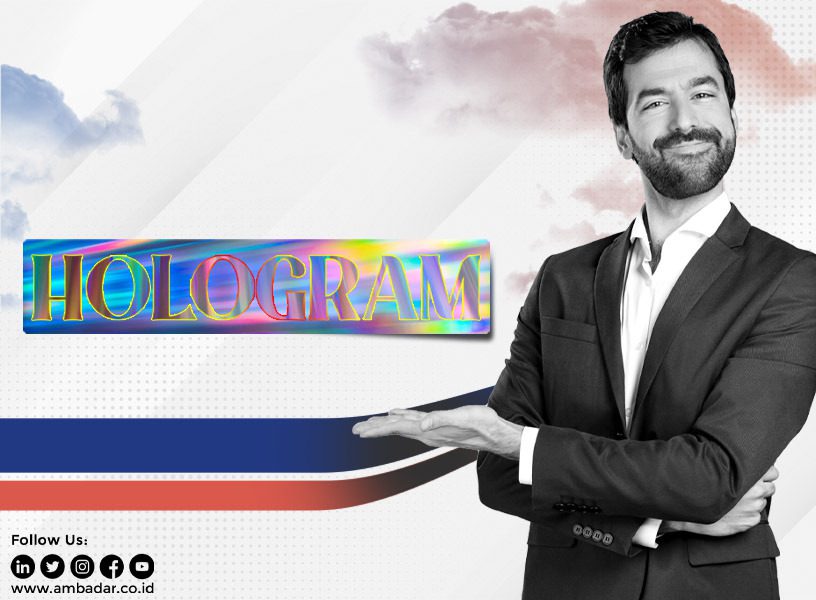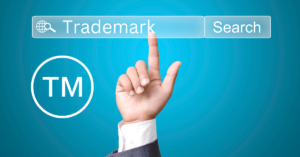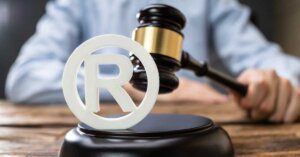A mark can be any sign or combination of signs capable of distinguishing the goods or services of one individual or enterprise from those of another. The sign generally comprises words, names, numbers, symbols, or a combination of these elements.
One of the developments in the trademark sector is the emergence of protection against new types of brands or what is referred to as non-traditional brands. According to Law Number 20 of 2016 concerning Marks and Geographical Indications as last amended by Law Number 11 of 2020 concerning Job Creation (“Trademark Act“), the scope of protected non-traditional Marks consists of (i) sound marks, ( ii) three-dimensional marks, and (iii) holographic marks.
Registration of the Hologram Trademark
The hologram trademark has numerous patterns that change depending on the angle of view. A hologram represents an item or things that can vary depending on one’s point of view.
As a basis of necessity, different perspectives of the hologram will be presented from all angles or sequences of photographs that reveal the entire holographic appearance. A hologram reproduction may consist of one or more visual or photographic reproductions of the holographic element or elements, including the hologram’s unified form.
For instance, if a sign is registered for a holographic mark, the potential of its usage must include 4 (four) types of display, and the application for trademark registration must consist of four series of mark etiquette.
Mark etiquette is an example of a mark in a trademark registration application submitted to the Directorate General of Intellectual Property Rights (“DGIP”).
Hologram Trademark Legal Protection
Based on the prevailing practice in Indonesia, holograms are recognized as part of a mark, according to Article 1 letter (a) of the Trademark Law, which is quoted as follows:
“Mark means any sign capable of being represented graphically in the form of drawings, logos, names, words, letters, numerals, colors arrangement, in 2 (two) and/or 3 (three) dimensional shape, sounds, holograms, or combination of 2 (two) or more of those elements to distinguish goods and/or services produced by a person or legal entity in trading goods and/or services.”
In practice, a hologram trademark complete look will be evaluated independently. On the other hand, the scope of protection is offered in a single entity.
Nevertheless, not all countries have recognized a hologram’s existence as a brand. Several countries, including Thailand and India, have not explicitly regulated the holographic mark in their legal documents.
However, even if a country’s legal instruments do not clearly state that holograms may be used as trademarks, given that the holograms are not similar or identical to certain marks, particularly registered hologram marks.
Furthermore, suppose a holographic mark is violated or misused. In that case, the owner of the mark may take action against unauthorized use under copyright law, applicable civil law, and other legal bases considering the facts and circumstances related to the case.
If you have any queries regarding the holographic brand or require assistance registering it, please contact us at marketing@ambadar.co.id.
Source:
Law Number 20 of 2016 concerning Marks and Geographical Indications as last amended by Law Number 11 of 2020 concerning Job Creation (“Trademark Act”).
Trademark Act B.E. 2534 Amended by Trademark Act (No. 2) B.E. 2543 and Trademark Act (No. 3) B.E. 2559 (“Trademark Act Thailand”).
The Trade Marks Act 1999 No. 47 of 1999 (“Trademark Act India”).






